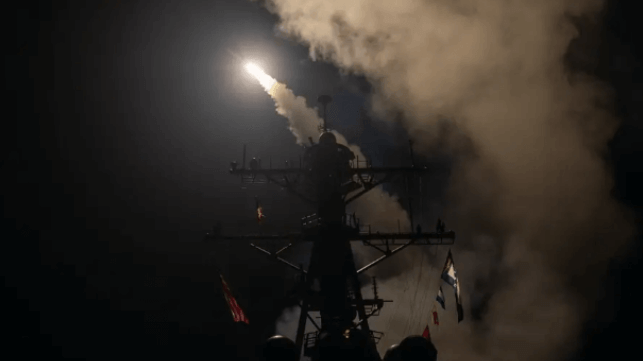Post-Christmas Conflict Looms Over the Red Sea

Houthi-controlled Yemen is the last member of the Iranian-led Axis of Resistance whose activities and capabilities have not been curtailed in recent months.
Hamas and Hezbollah, and the Assad regime in Syria, plus the IRGC itself, have all been severely damaged by combined conventional and unconventional attack, in a turn-away from diplomacy and a policy of restraint. But the Houthis have continued to launch attacks on shipping in the Red Sea and Gulf of Aden, and on area targets in Israel.
A minor irritation to the global community to start with, the Houthi action has now brought together a coalition of countries suffering and fed up with the consequences of the Houthi action. With the Israelis the principal victim, the wide range of other countries dependent on the free flow of global commerce through the Suez Canal are all seeing economic damage at a time when the global economy is already in precarious health.
The Israelis have now clearly warned the Houthi leadership that they face the type of broad-ranging attack meted out to other Axis of Resistance organizations. In this regard the Israelis have a consistent record of setting out what they intend to do should adversaries not desist, and then following through; hence the Israeli warnings should be taken seriously. The target envelope which the Israelis have outlined includes political leaders and emissaries of the Houthis stationed abroad in friendly countries, as well as the supply chain stretching back into Iran which has kept the Houthis supplied with missiles and drones.
Both Israel and America have in recent days increased the number of strikes carried out on targets in Yemen, without as yet having persuaded the Houthis to desist from carrying out their attacks.
Hoving into view within the operational area is the Harry S Truman Carrier Strike Group, now in the northern Red Sea. Close behind, transiting the Suez Canal on December 23, was the French aircraft carrier Charles de Gaulle, with an escort group which is strong enough to provide protection if lingering in the Red Sea high-threat environment. British strike aircraft which have previously attacked Houthi targets remain deployed in the area. As a precursor to any major offensive action, an accurate and detailed intelligence picture is a prerequisite, and the presence of US Navy MQ-4C Triton intelligence-gathering platforms, spotted over the southern Red Sea on December 20 but persistently present, is therefore of significance.
If Houthi attacks on Israel and shipping continue, a major counter-attack to neutralize Houthi offensive activity is, therefore, both possible and likely in the post-Christmas period, with additional consequences for the flow of maritime traffic in the Red Sea. Posing an additional threat of disruption, whilst back door diplomacy may provide an alternative to armed action, on the Israeli to-do list is the Iranian nuclear weapons program - and Iran’s massive fleet of drones and missiles spread across 25 sites, mostly underground and protected.
The opinions expressed herein are the author's and not necessarily those of The Maritime Executive.
